ICELAND
12-Days Itinerary - Around the Ring Road
Part 2: Day 5 to Day 8
Hello fellow traveller!
If you are reading this, probably you have seen some awesome photos of Iceland and planning your trip to go there. Indeed, Iceland is an awesome place and the most scenic place we’ve travelled to thus far because every corner just leave you awestruck with its beauty.
This will be Part 2 of the 3 posts that will bring you around the famous Ring Road which covers the whole of Iceland (Note: The Golden Circle will be covered in these itineraries as well). We’ve created a custom google map and an excel file of all the places covered here. From there, you will able to see the duration it takes to travel from one location to the other. Of course, you can tweak the itineraries to your own preferences. Please request it in the “Contact” section and we will send it over to you.
Make sure to read this post: Iceland (General Info) to get background of what to expect in Iceland.
Day 5: Lava Field / Glacier Lagoons / Diamond Beach
Today we will move from the South, all the way to the North of Iceland. But before we take on the long drive, there 4 iconic attractions to visit.
Eldhraun lava field
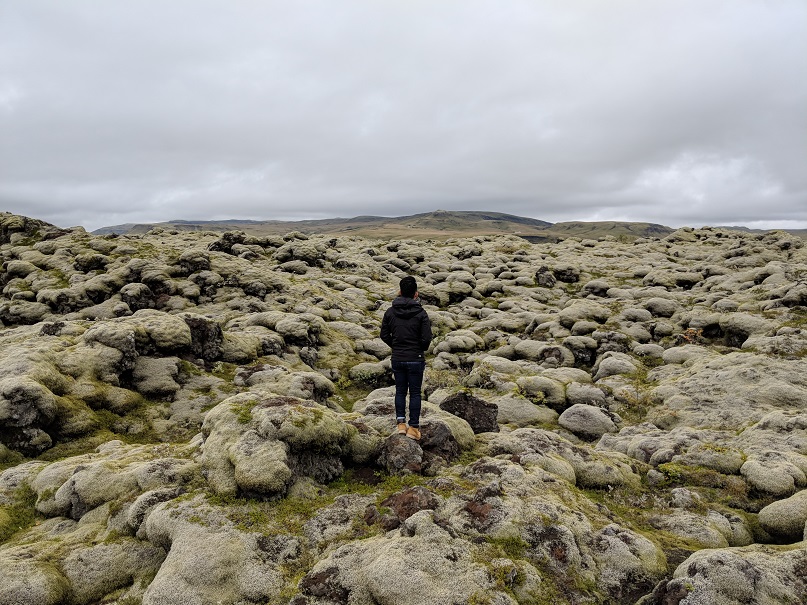
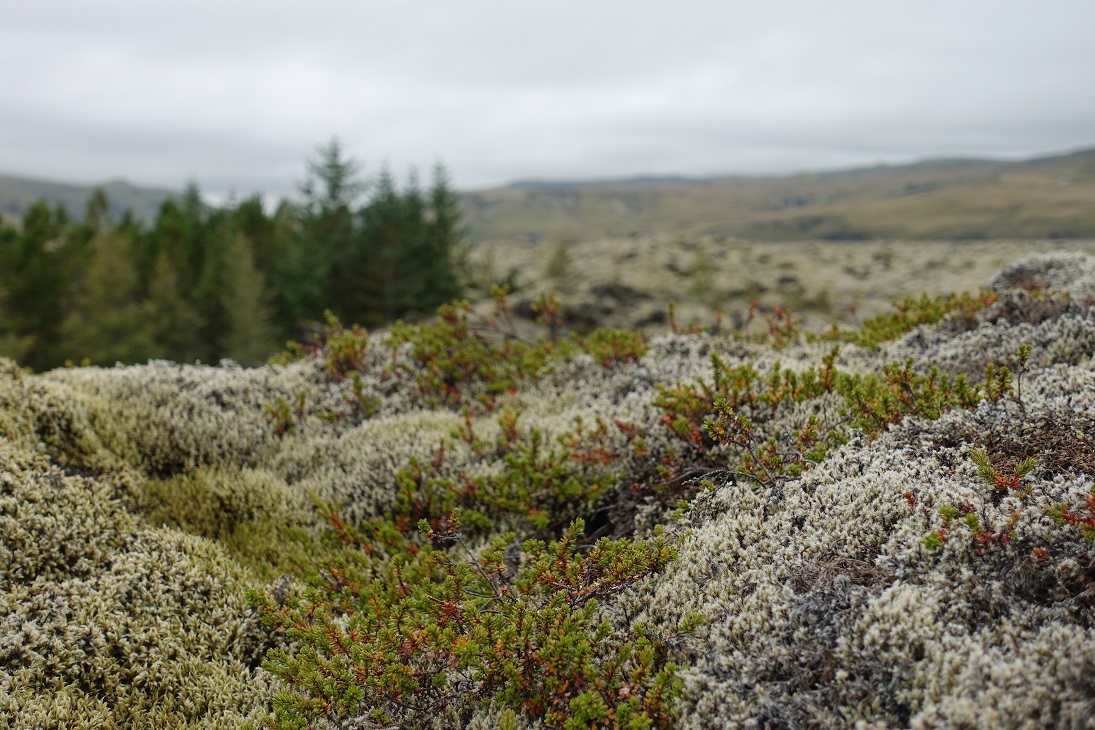
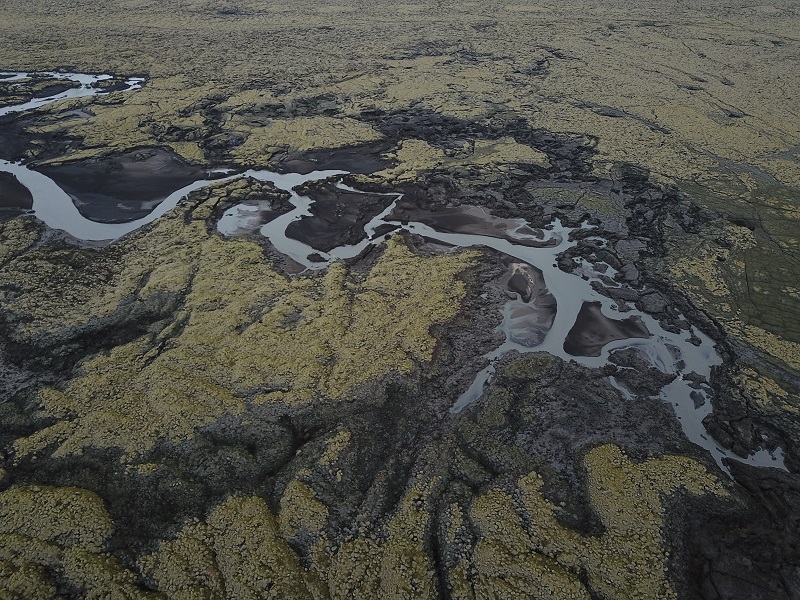
The vast Eldhraun lava field, in the south of the Icelandic highlands, was created in one of the greatest eruptions in recorded history and is of the largest of its kind in the world.
The eruption had a huge impact on Iceland as the entire population was nearly forced to evacuate in a mass migration to Denmark due to the disease and famine that killed more than half the domestic animals on the island. Despite the abysmal effect the eruption had, this lava field of 565 km2 is today one of the most stunningly attractive ones in Iceland.
It is also the place where the Apollo 11 crew trained for their impending moonwalk in 1969 for its similarity to the surface of the moon.
Justin Bieber filmed 2 music videos shot here in Eldraun, “Cold Water” and “I’ll show you”. Alot of people are unhappy because he was rolling and the dancers were trampling on Iceland’s fragile moss. Not cool at all Justin Bieber.
Jökulsárlón
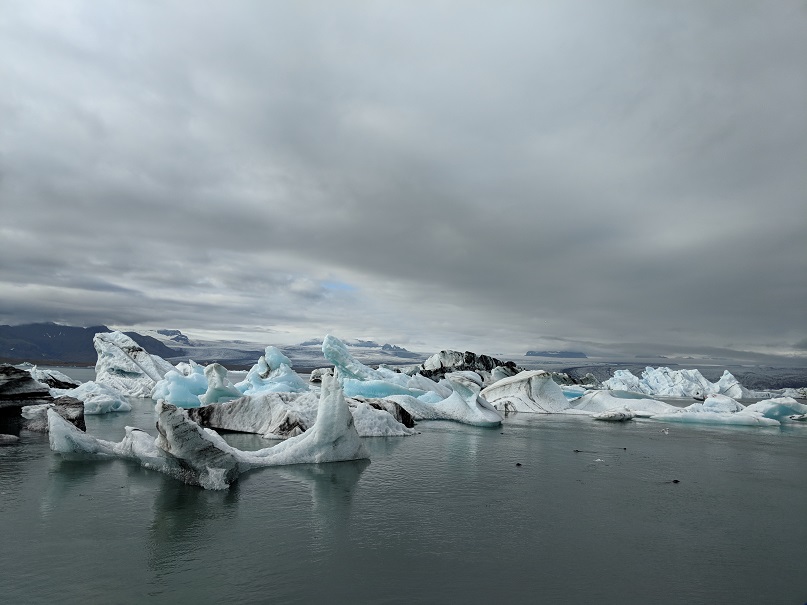
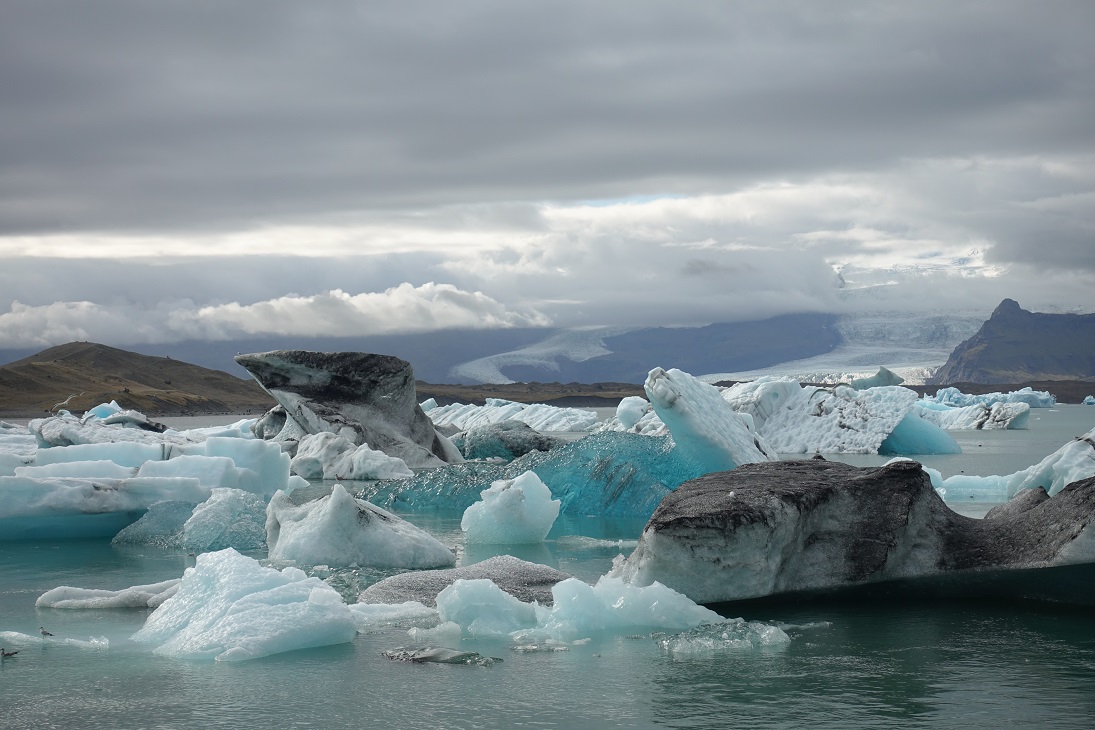
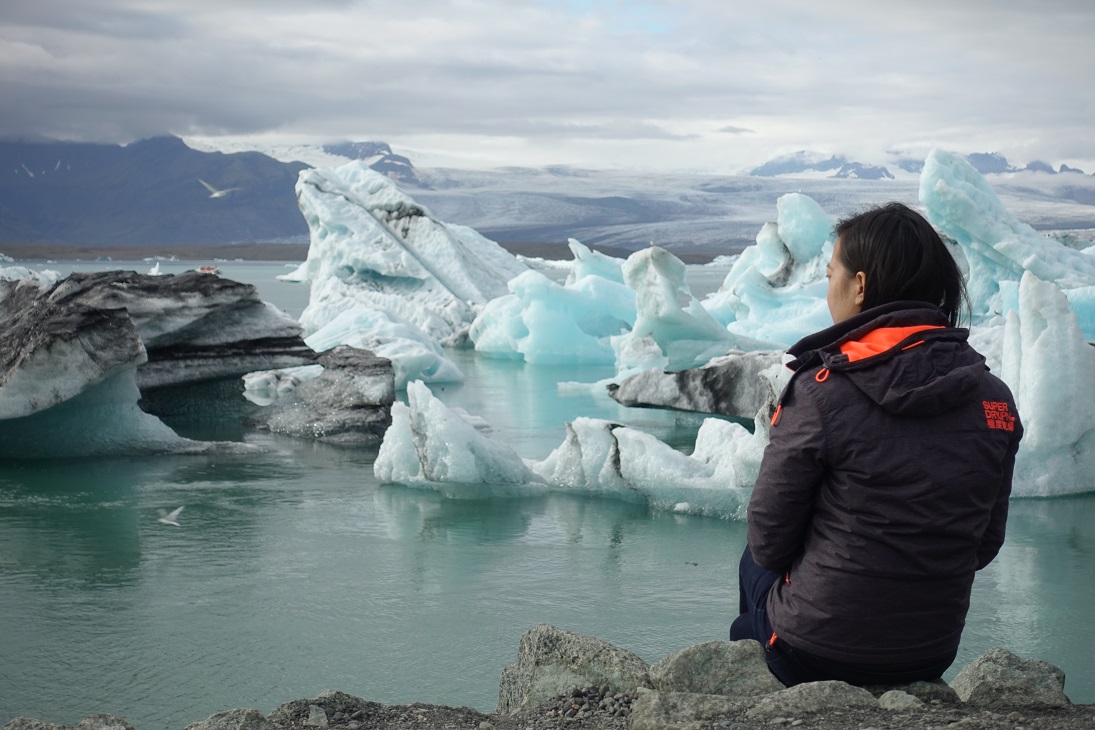
Jökulsárlón is bigger and more impressive compared to the Fjallsárlón. There are more wildlife here, seals can be seen swimming in the lagoon and by the coastline, or relaxing on top of a floating iceberg. The lagoon is also teeming with birdlife.
Jökulsárlón first started forming in 1934, when Breiðamerkurjökull glacier started retreating, leaving the lagoon in its path.
A great number of films have been shot in Iceland, and Jökulsárlón’s icy landscapes have attracted many filmmakers. The James Bond films Die Another Day and A View to a Kill, and Tomb Raider were filmed at the icy lagoon.
Diamond Beach
Be dazzled by icebergs that float down to the Atlantic ocean from Jökulsárlón. After visiting Jökulsárlón, just cross the road and the Diamond Beach is just right there. Some of the ice-chunks are polished by the sea and wash ashore again. The ice-chunks on the Diamond Beach is a outstanding photo opportunities, but always be very careful when taking photos with the icebergs. Only lean against the icebergs, never crawl up on them. And always watch out for the incoming tide and the waves so you don’t get stuck and carried out to the sea!
Akureyri
Our third accommodation for the trip will be in the town called Akureyri. Here is the link. Staying in Akureyri is convenient but if you want to see Northern Lights, we would suggest that you stay at the outskirt of Akureyri. By doing that, you will not have light pollution and thus higher chance to see the Northern Lights if there is no cloud cover.
Day 6: Two Waterfalls and Whale Watching
Goðafoss
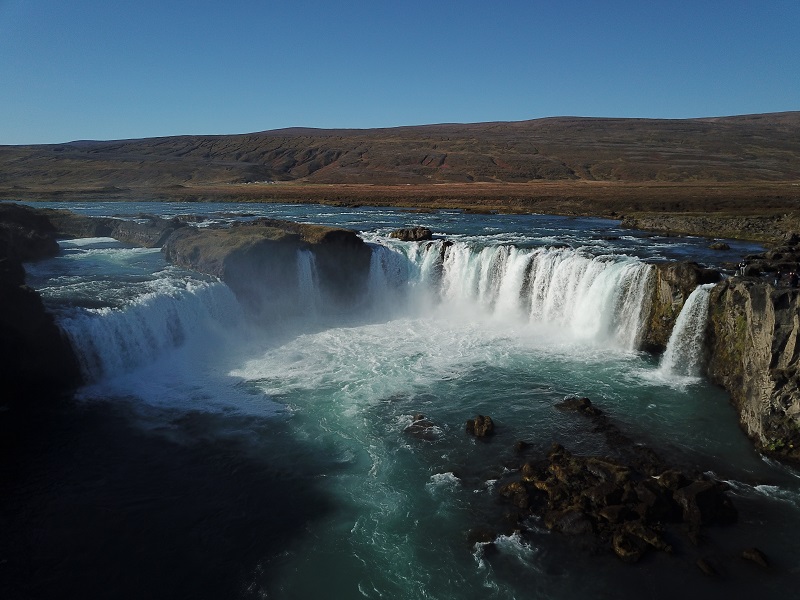
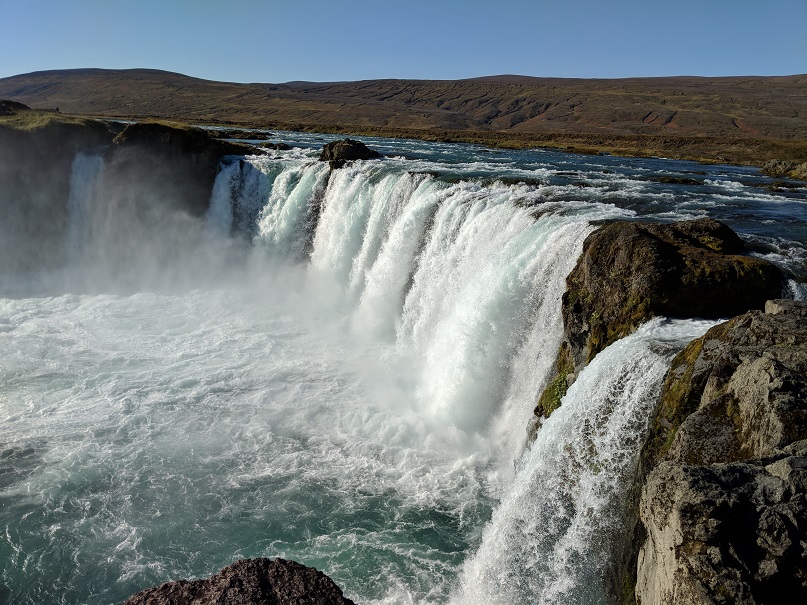
Today we will be touring the northern part of Iceland.
Goðafoss is one of the most spectacular waterfalls in the country, falling from a height of 12 m over a width of 30 m.
Goðafoss waterfall is often nicknamed the waterfall of the gods. Some believe that the name comes from the fact that the waterfall is godlike in beauty but an old Icelandic legend tells the tale of the waterfall’s name through a Viking leader named Þorgeir Ljósvetningagoði. Þorgeir who was a lay speaker at the old Alþingi parliament is said to have, as a part of his conversion to Christianity, thrown his Pagan statues into the waterfall resulting in the name giving. No one really knows the accurate story of the waterfall’s name but leaving it as a mystery might also play a part in keeping it mythic.
Dettifoss
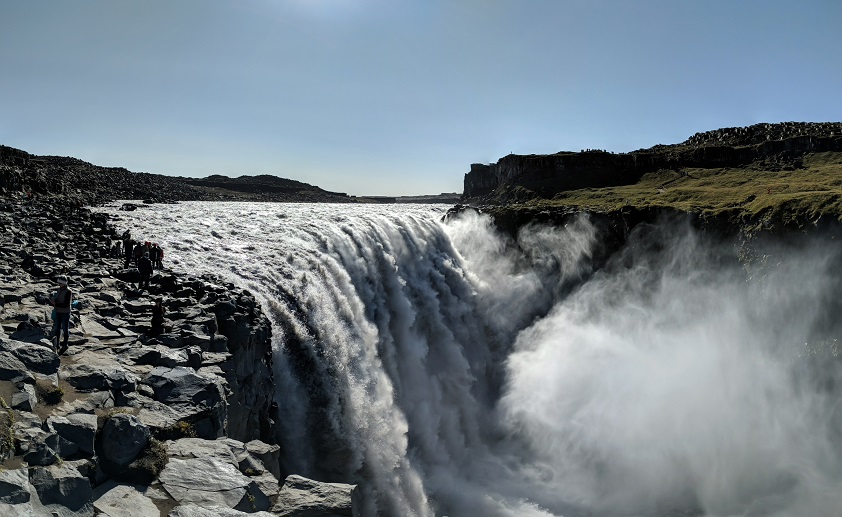
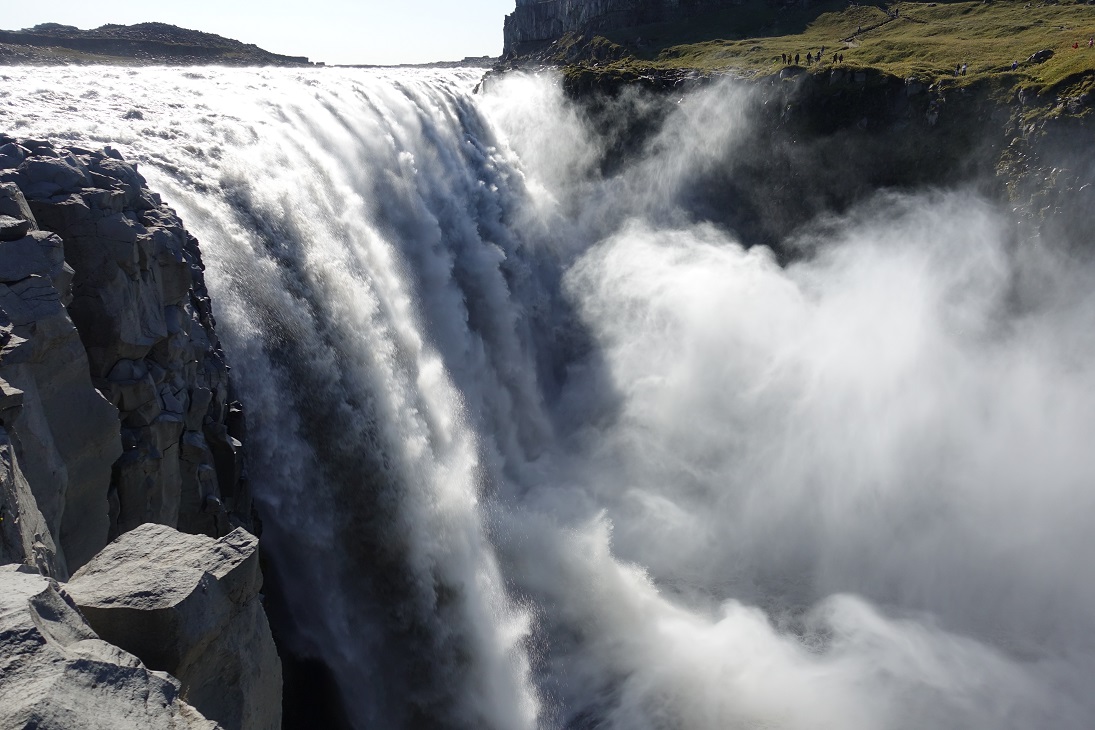
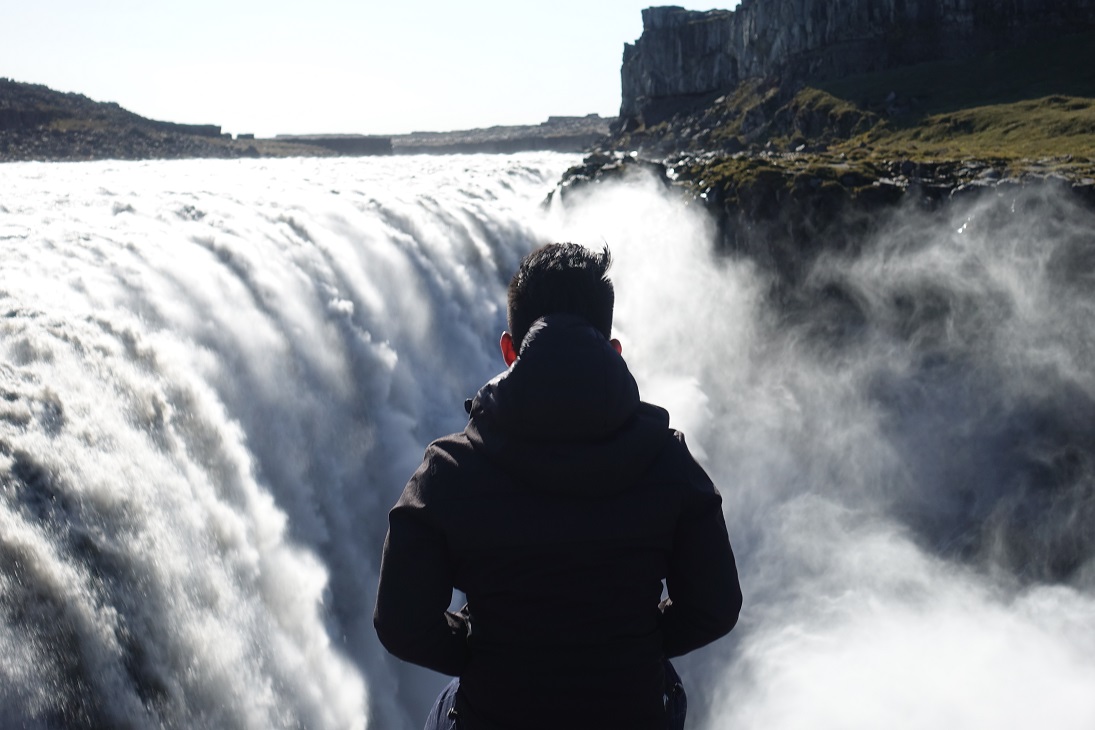
In comparison to the ‘The Beauty’ of Goðafoss, now we get to see ´The Beast’ of Dettifoss.
Dettifoss is known for its power rather than it’s appearance. That said, the waterfall is stunning; it’s extremely large and the mist from the falls is visible from several miles away, as well as the rainbows which form in it.
Dettifoss is the most powerful waterfall in Europe. The thunderous falls has an average waterflow of 500 metres cubed per second. It is 100m wide and plummets 45m down into Jökulsárgljúfur canyon.
Húsavík Whale Watching
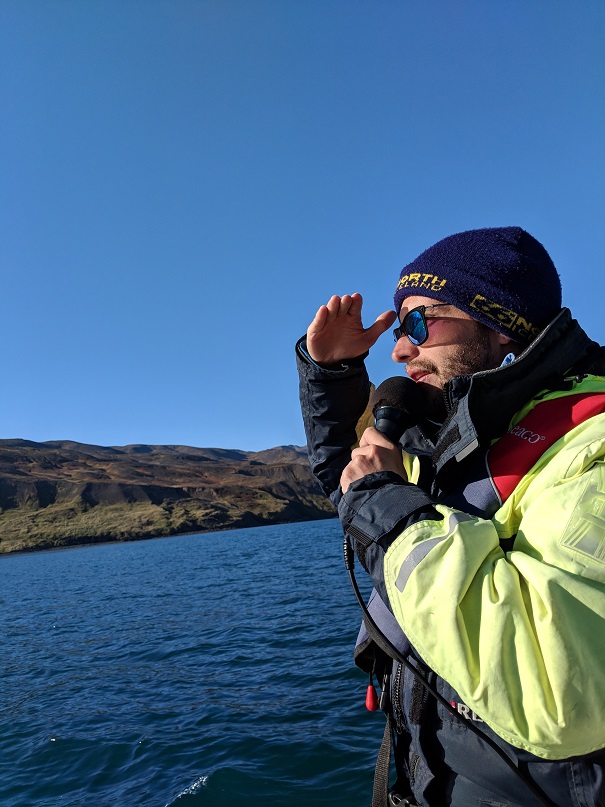
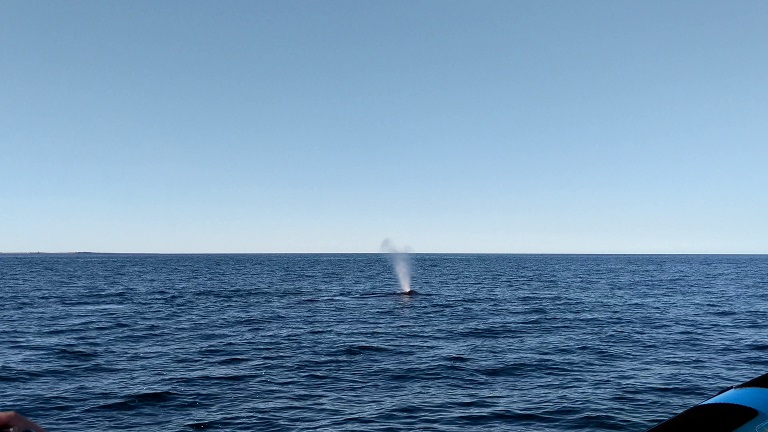

Húsavík is called the Whale watching capital of Iceland.
It takes about an hour to sail to the prime feeding grounds, where crew and participants get busy looking out for telltale signs of a surfacing whale. Although whale watching tours boast impressive success rates for sightings (95% to 98%), whales do not always appear on cue. Whales surface every 7-15 minutes to breathe but can remain submerged for up to 45 minutes. Sightings are announced using a ‘clock’ system, with the stern of the boat at 12 o’clock.
We did the tour with Gentle Giants and were please with the service provided. They have 2 types of boat opinions; the traditional one and the speedboat. The traditional boat is slower and takes more people. We took the speedboat (as seen in the photos), because whenever there is a sighting, we will be able to get there first and hence higher chance of spotting the whales.
Day 7: Long drive
We will be leaving Akureyri and travel to the western side. We will be on the road throughout the day and rewarding ourselves by having one pit stop.
Glaumbaer
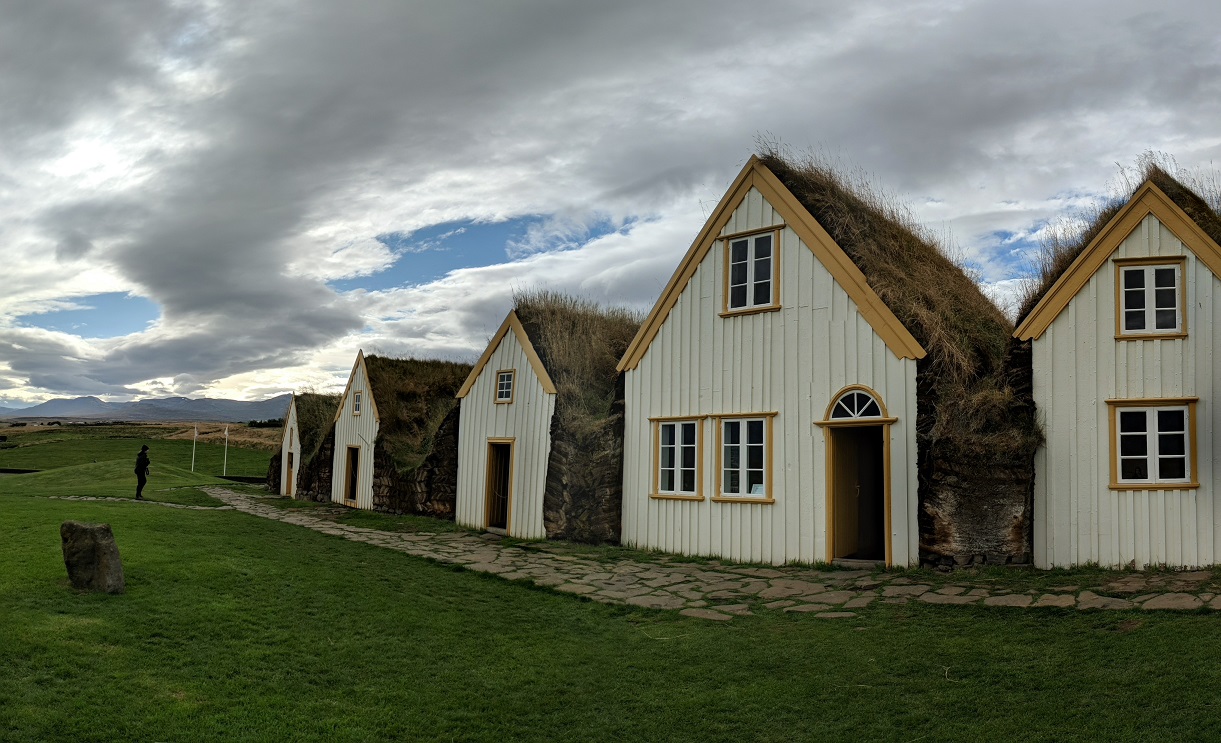
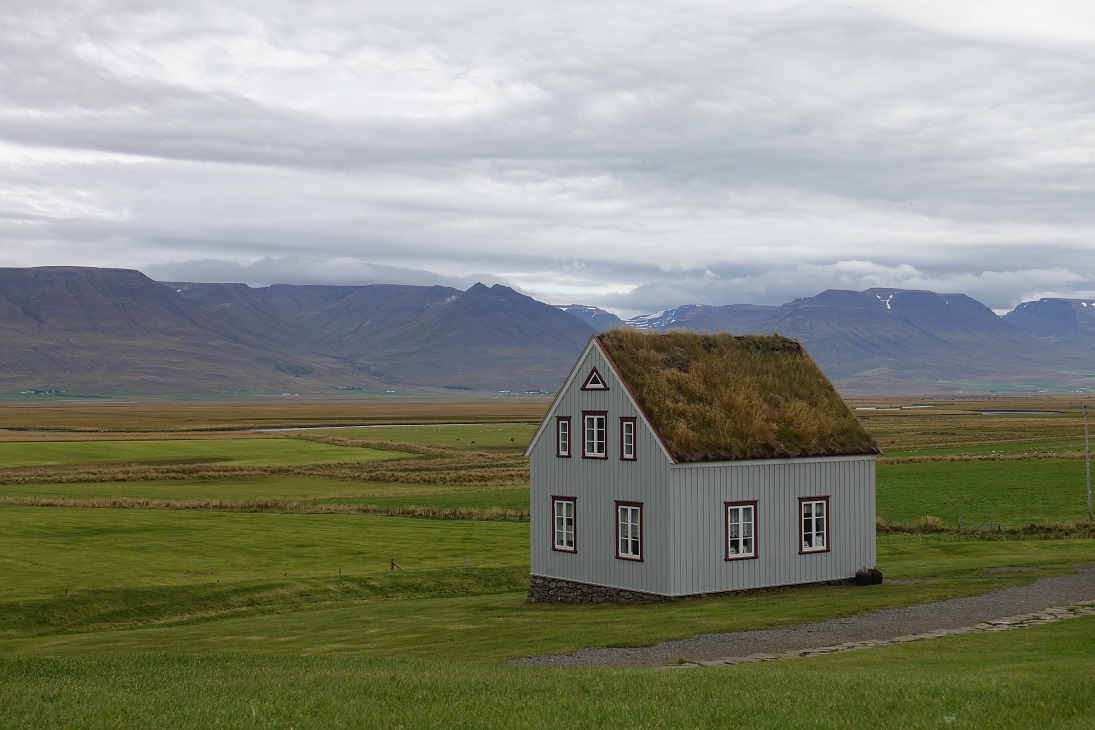
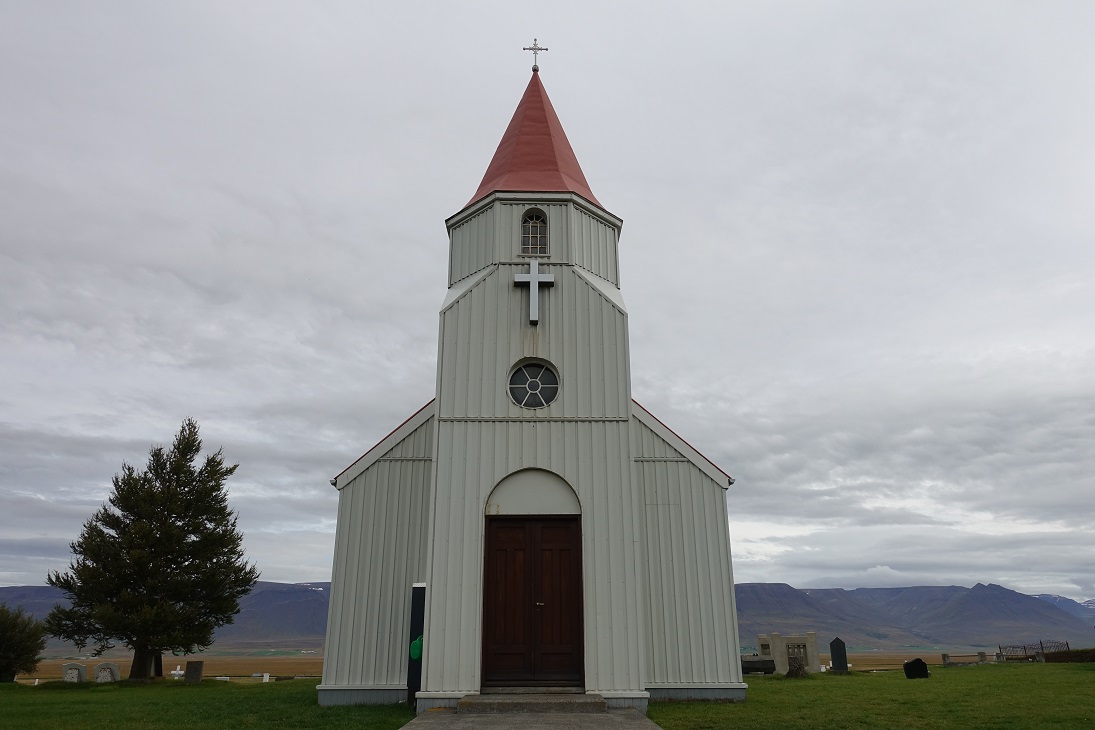
The Glaumbær turf house shows you can see how life in Iceland was back in the 18th and 19th century.
The first farmhouse is said to have stood on the hill at Glaumbær since the Age of the Settlements (900 AD).
The farmhouse is built of turf, stones, and timber. The walls are built of stones and of pieces of turf layed up in a herringbone pattern, with long turf strips between the layers.
Grundarfjörður Airbnb
This beautiful Airbnb is just 5mins drive away from Kirkjufellsfoss. And they have a hot tub where you can have direct view of Kirkjufell. What more can you ask for.
Day 8: West of Iceland
Mt. Kirkjufell & Kirkjufellsfoss
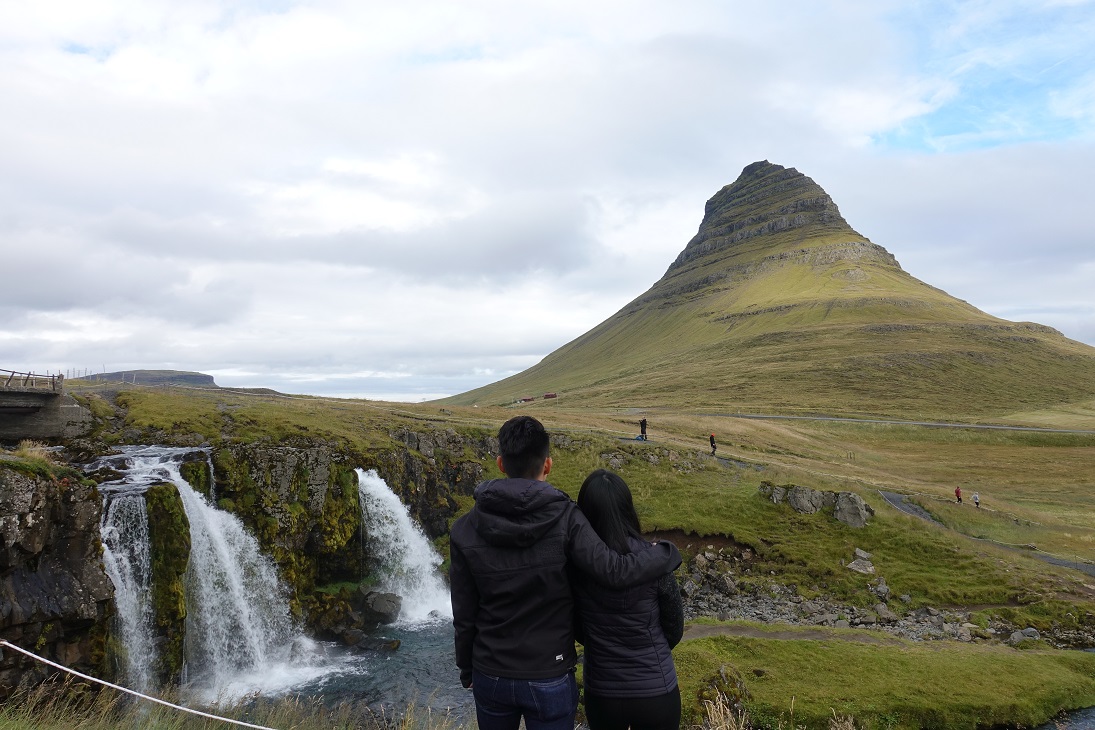
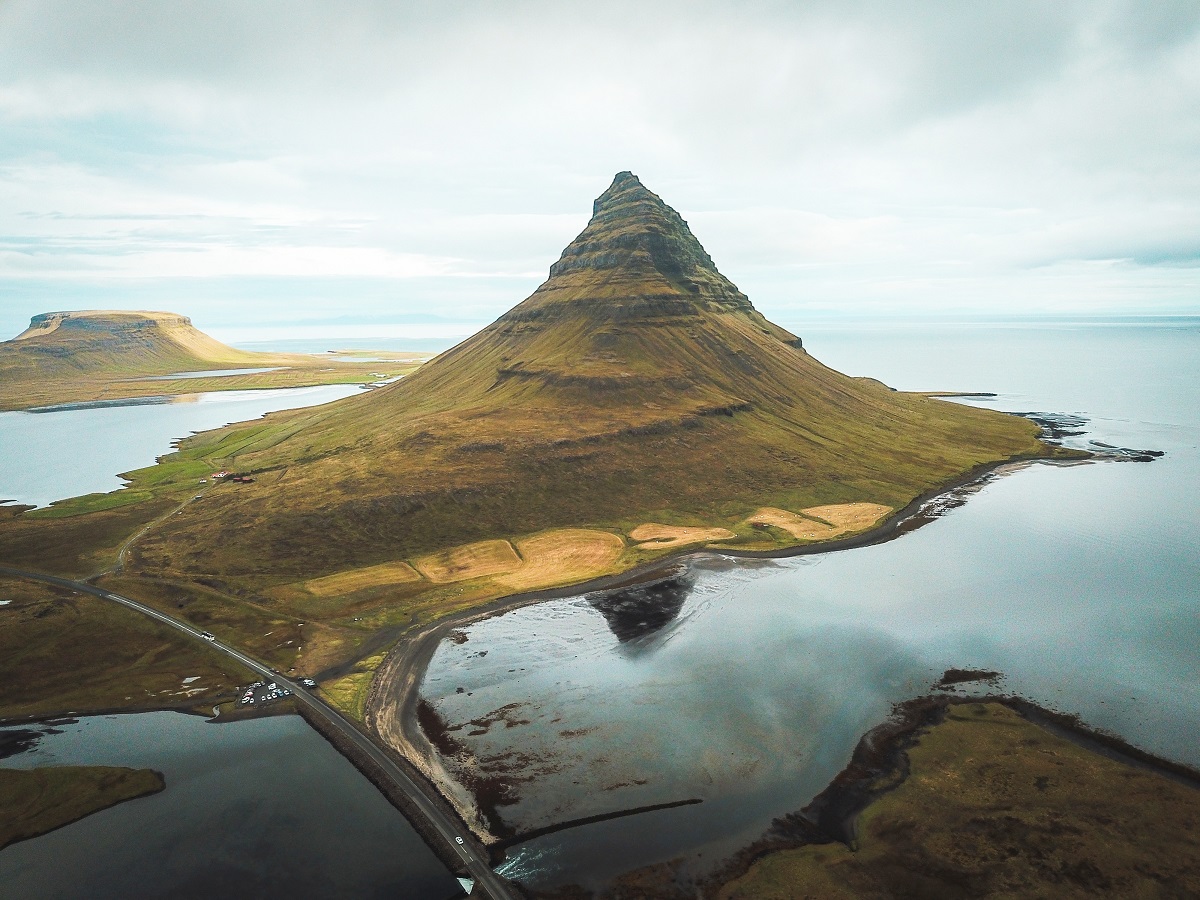
Mt. Kirkjufell (463 m) is the most prominent mountain in Grundarfjörður and a landmark of the fishing town. For the past few years, Mt. Kirkjufell and Kirkjufellsfoss waterfall have become the most popular place for a photo stop. You will see crowds of visitors with tripods and cameras taking photos like the one above, i.e. from this angle with the waterfall in front.
We wanted to climb Kirkjufell without any guide but a local advise against it. Sadly, there have been three fatal accidents on the mountain, most recently in 2018.
There is a fairly steep trail to the top of Kirkjufell, from where there are magnificent panoramas of the surrounding fields, coastlines and rivers. The mountain takes roughly an hour and a half to ascend.
Given the steep elevation and treacherous trail, you should only hike Kirkjufell if you are a very experienced and confident mountain climber, preferably in the company of an expert guide.
Lóndrangar
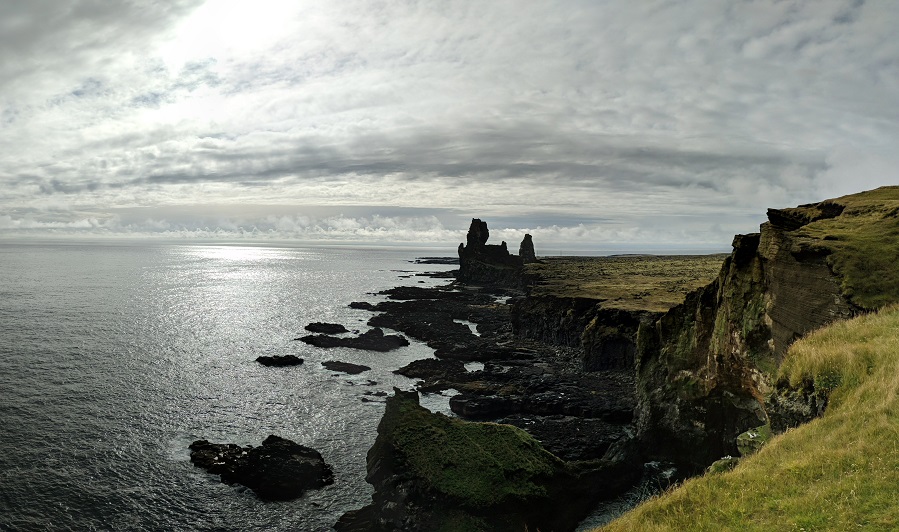
Lóndrangar are uniquely formed basalt volcanic dykes sticking out from the ocean and are the remains of a crater, which has been eroded to its present form by the sea. Lóndrangar consists of two pillars or stacks, one of 75m and the other one of 61m. They are located on the southern part of Snæfellsnes peninsula in west Iceland.
We recommend you take a little walk down from the parking place and follow one of the trails on the right side. It’s not a long walk and once you are there you will sense the magnificent power of nature.
Vatnshellir Cave
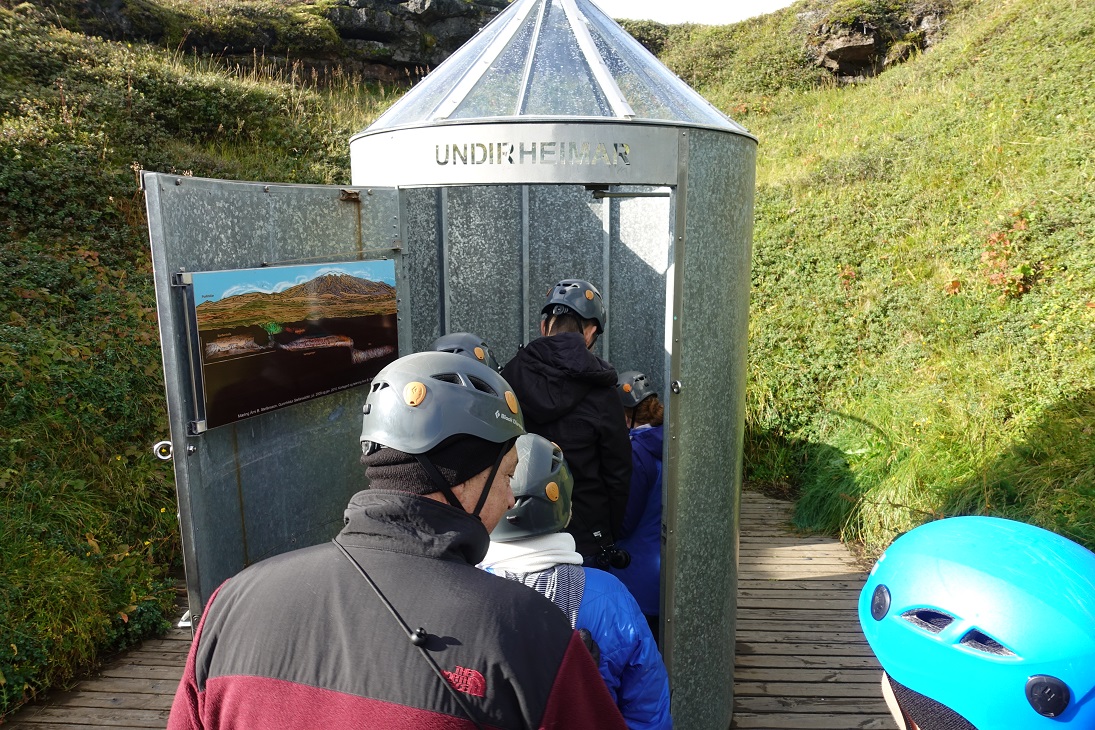
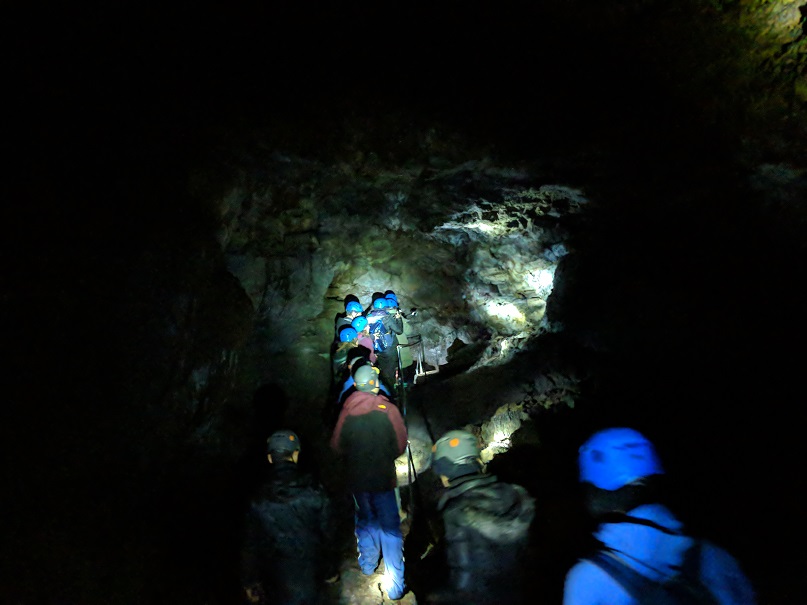
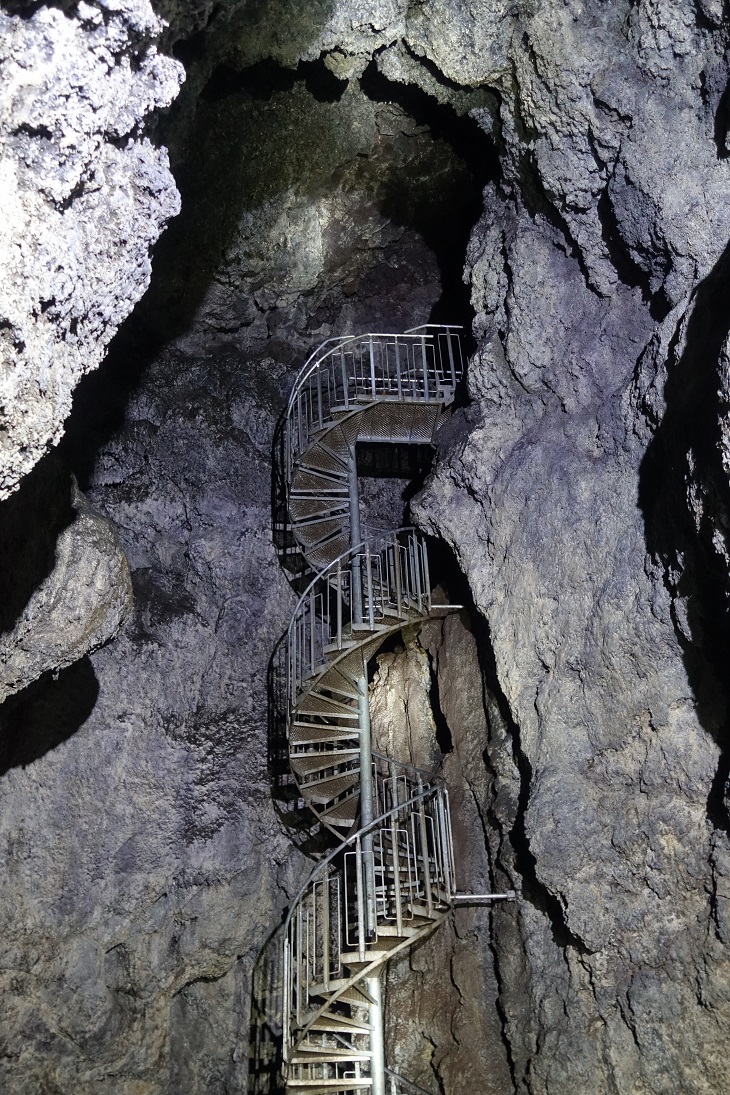
Vatnshellir is one of Iceland’s older lava tubes that can be explored, having been formed in an eruption 8,000 years ago. Like all lava tubes in Iceland, Vatnshellir was created when during an eruption, a river of molten rock began to cool from outside in. The effect left a crust over still-flowing lava, which, after flushing away, left a hollow tube.
When travelling the cave, you will learn about Iceland’s geology and folklore, as trolls were said to make the caves their homes in many tales. You will also get to experience total darkness by shutting off your lights at the deepest point.
Gatklettur
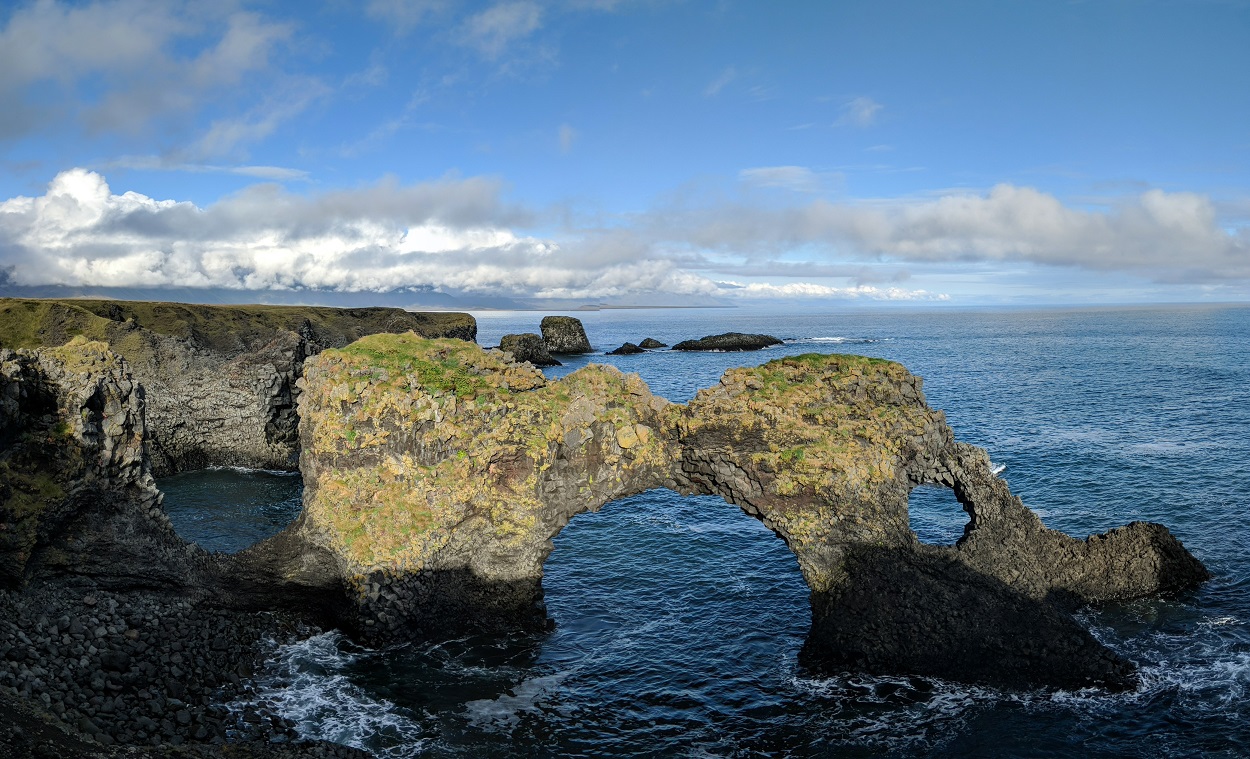
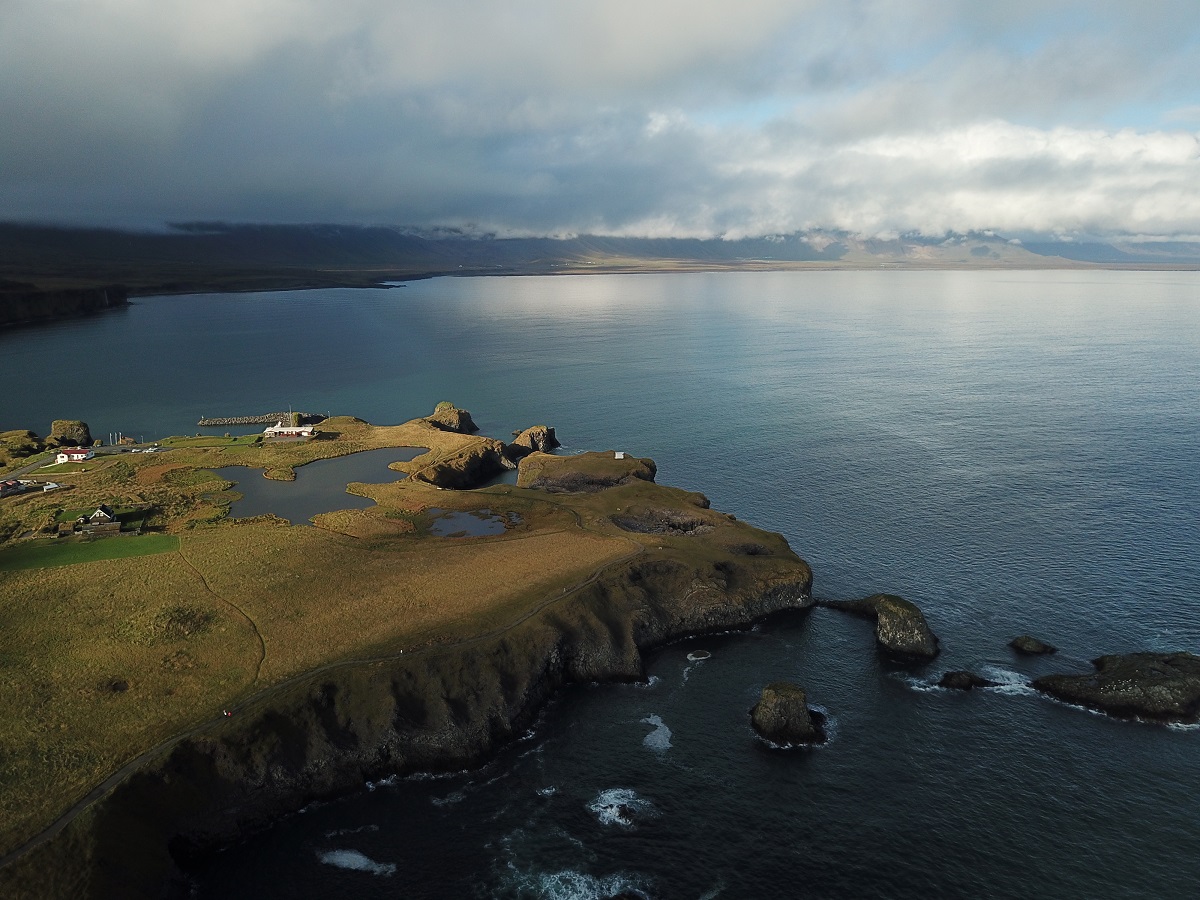
Gatklettur is a very nice and perfect shaped stone arch, formed over time by the erosion due to the movements of the North Atlantic Ocean. The strange, swirling patterns across the rock itself is a testament to the ocean’s constant barrage.
